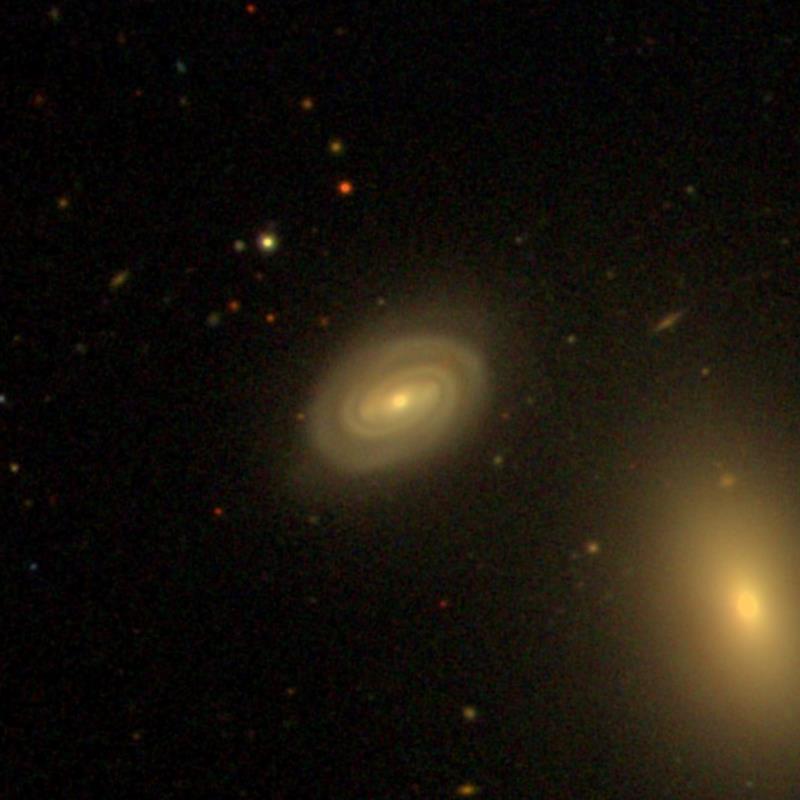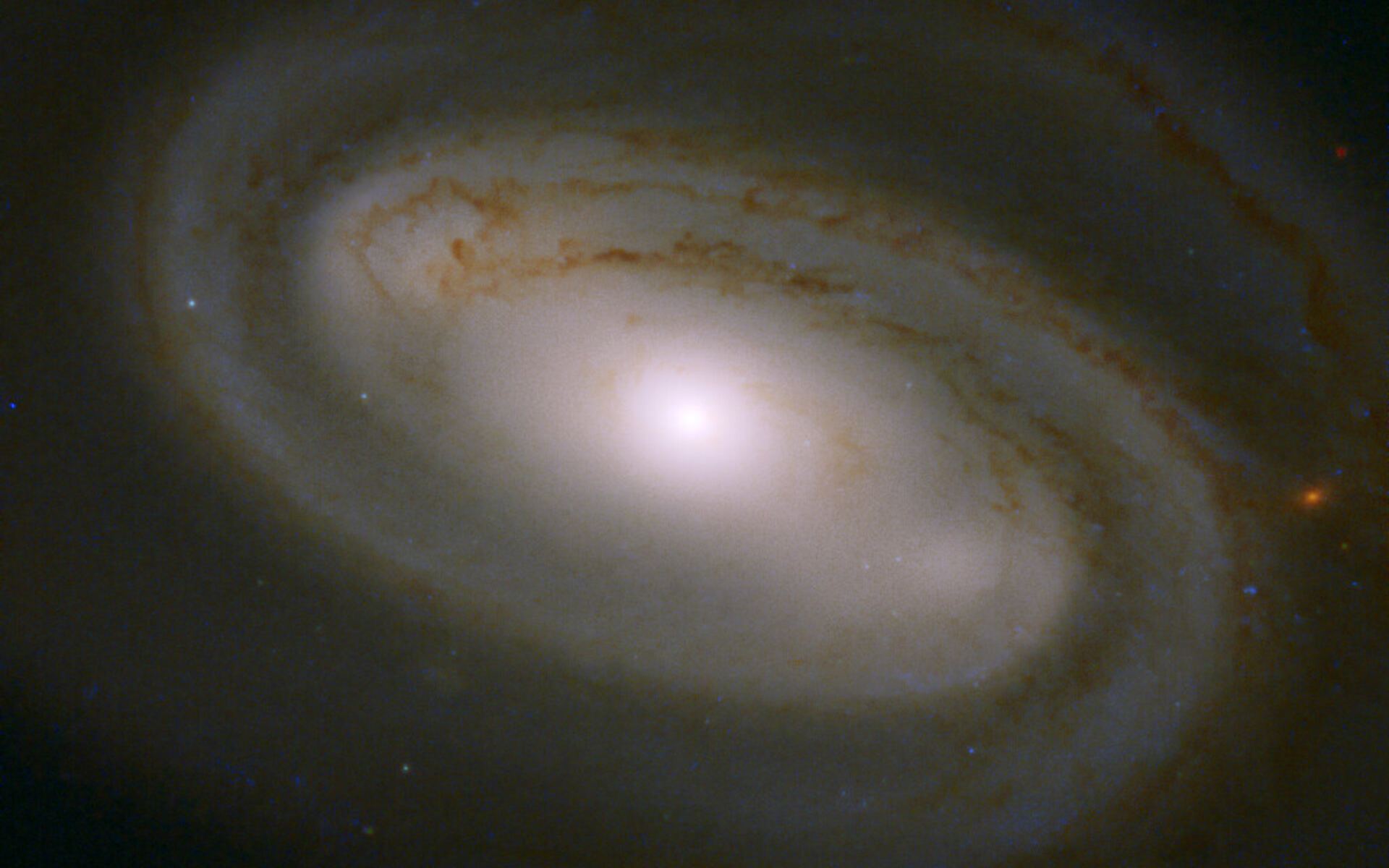NGC 3895 is a barred spiral galaxy in the Ursa Major constellation. It’s about 145 million light years away from our home, the Milky Way, and its diameter is about 45,000 light years. William Herschel discovered it way back in 1790.
Now the Hubble Space Telescope has given us another gorgeous image of it. Thanks Hubble!
Barred spiral galaxies are common. In fact, between half and two-thirds of spiral galaxies contain a central bar. Our own Milky Way galaxy is a barred spiral.
Astronomers think that the bar in these galaxies acts as a stellar nursery. The bar is like a conduit for gas, channeling it inwards from the spiral arms. Many barred spirals also have active galactic nuclei, and the bar may be related to that.
The bar itself in a barred spiral galaxy is not a collection of stars. It’s a density wave that moves through space. That density wave compresses gas, leading to star formation. A 2019 study showed that as the bar overtakes the spiral arms, it boosts star formation. Another study, also from 2019, showed that gas distribution by bars can actually inhibit star formation in some barred spirals. There’s no simple understanding of these complex morphologies.

Some evidence shows that the bars in barred spirals are only temporary, and that as a barred spiral “matures” the bar disappears. Evidence shows that as the mass of the bar grows, the stability of the bar structure itself is compromised.
NGC 3895 has a friend: NGC 3894, also discovered in 1790 by Herschel. Together, they form a gravitationally bound pair of galaxies called Holm 294 or KPG 303. They’re both part of a group of galaxies called the NGC 3963 group.
As a space telescope, Hubble is positioned above the Earth’s interfering atmsophere, allowing it to capture detailed images like this one. The Hubble is 570 km (354 miles) above Earth. It travels at 28,000 km/h (17,400 mp/h) and completes one Earth orbit every 96 minutes.
The Hubble Space Telescope is a joint effort between the ESA and NASA, and has been in service for over 30 years.
More:
- Press Release: One large stellar latte to go
- Wikipedia: Barred Spiral Galaxies
- Research Paper: The HI Morphology and Stellar Properties of Strongly Barred Galaxies: support for bar quenching in massive spirals

